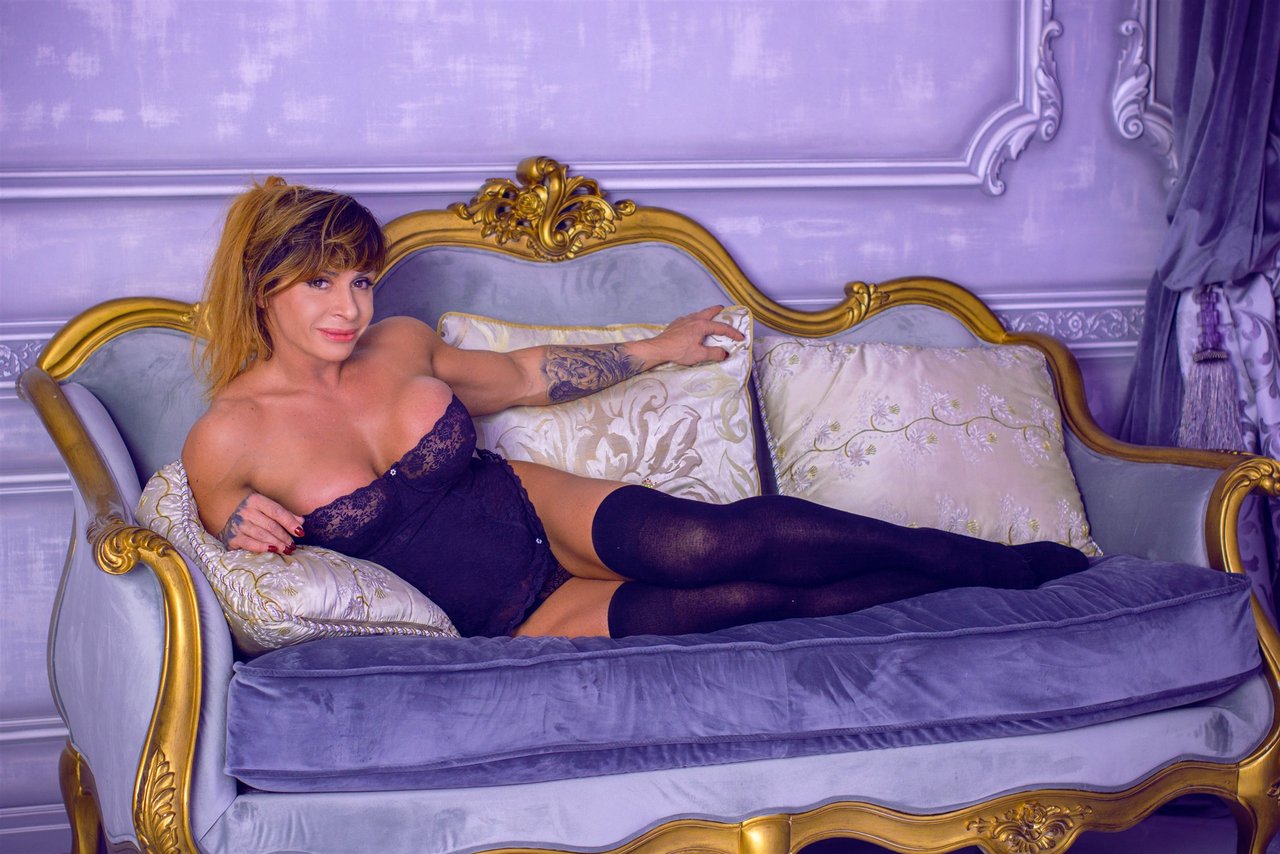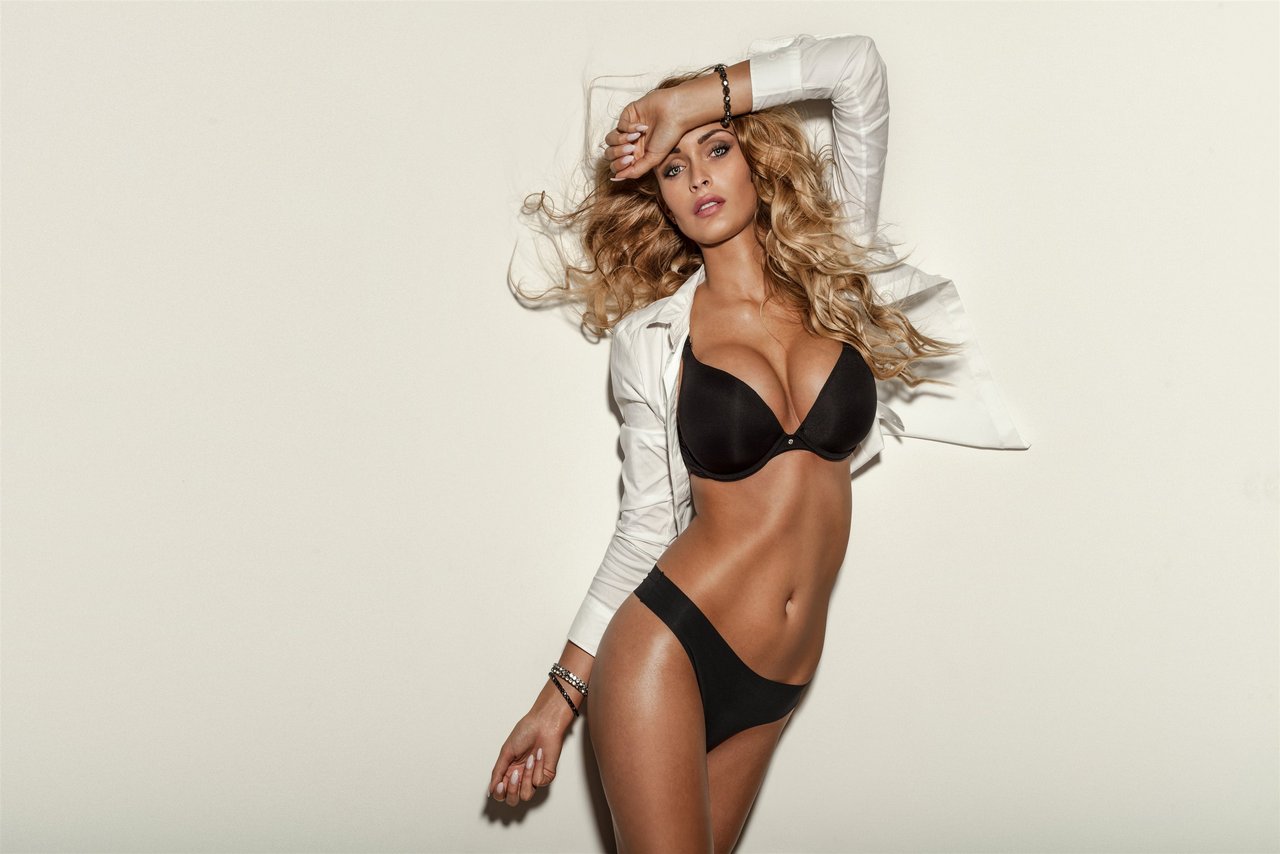Why a Bisexual Celebrities List Matters for Visibility and Pride
Seeing someone like you in the spotlight does something no statistic can—it lets you breathe a little easier, feel a little less alone. A well-curated bisexual celebrities list is more than a roll call. It’s a map of voices that have cracked open doors, making room for more authentic stories in mainstream media. The presence of openly bisexual celebrities carves out space for bisexual visibility, and those names carry weight in every conversation about diversity and inclusion. This isn’t about fame for fame’s sake; it’s about representation meeting real lives. As LGBTQ activism grows, recognizing famous bisexual people sends a message that the spectrum of identity matters everywhere—from the big screen to real-life circles. Every mention, every interview, every advocacy headline moves the needle a little. So, when this article highlights proud bisexual celebrities, it isn’t a celebration for history books; it’s a toolkit for self-respect and community pride today. The more visible these public figures become, the stronger bisexual representation gets. If you ever needed proof that living truthfully can change the climate, just look at these stars making it possible.
How Famous Bisexual People Influence Culture and Media Representation
Diversity isn’t about tokenism—it’s about truth. Within the world of famous bisexual people, you’ll find a landscape that’s constantly redefining what’s possible. Some names are household—think Halsey, Amber Heard, or Alan Cumming. Others have quietly shifted boundaries through their work or interviews, blazing trails for the next generation of bisexual celebrities. These aren’t just stars who “happen to be bi”; they steer conversations on bisexual representation, knowledge, and acceptance. Their backgrounds are as mixed as their talents: actors, musicians, athletes, activists. For bisexual women celebrities, embracing identity openly has transformed entire industries, while bisexual male celebrities challenge rigid ideas of masculinity and sexual fluidity head-on. When one of them lands a headline or takes a public stand, the LGBTQ+ community doesn’t just notice—they feel empowered. Every movie role, award acceptance, or viral tweet becomes another piece of proof that bisexuality isn’t a phase or an “in-between”—it’s a valid and vibrant part of the celebrity world. The risks are real, but the rewards—more stories told, fewer closets—reshape what media can be. Want to see impact? Look at the younger stars citing these icons as inspiration for coming out themselves.
The Power of Bisexual Celebrities Coming Out: Breaking Stereotypes
Coming out stories of bisexual celebrities hit differently when they’re shared with the world. The press may focus on the reveal, but what really matters is how those moments shift the ground beneath old stereotypes. When Janelle Monáe, Cara Delevingne, or Frank Ocean spoke publicly about their bisexuality, they didn’t just announce a detail—they challenged deep-seated biphobia and gave hope to thousands living in the shadows. Such announcements, from casual interviews to planned public statements, ripple far beyond headlines. The simple act of confirming one’s bisexuality often means standing up to erasure, signaling to both fans and the industry that bi people exist—and matter. The bravery of bisexual celeb stories lies not only in the statements but in the aftermath, as these individuals double down on authenticity, even when public curiosity turns aggressive. Representation is about more than labels; it’s about reminding anyone watching that being in-between shouldn’t mean invisibility. Each coming out, no matter the circumstances, makes bisexual pride more visible. According to a GLAAD report, increased bisexual visibility correlates with greater acceptance and mental health outcomes for LGBTQ+ youth . The truth is simple: the more we see real, unapologetic bisexual stars, the easier it gets for the next voice to rise up.
LGBTQ Icons: Bisexual Celebrities Leading the Way for Openness
Icons aren’t born—they’re made, often under great pressure. Some bisexual celebrities stand out as true LGBTQ icons, not just for their art but for advocating directly for the bisexual community. Names like Sara Ramirez, Aubrey Plaza, and Billie Joe Armstrong make it clear: you don’t have to fit a single mold to be celebrated. These role models do more than participate in Pride events—they shape them, lending visibility to less acknowledged shades of identity. Their activism turns private struggle into public progress, and their faces on magazine covers or activist posters signal real change. For those searching for a reason to come out, or to stay out, seeing LGBTQ icons standing proud is a beacon. Their support for diversity and inclusion in media, or for gender expression outside binary norms, pulls everything into sharper focus. Hollywood might be slow to change, but a committed core of bisexual role models keeps pushing the line of acceptance further. Sometimes, a single interview or viral tweet from these icons shifts the whole tone of conversation, both within the LGBTQ+ community and in the wider world. Their existence says: you belong, whether you feel ready to say it out loud or not.
Proud Bisexual Celebrities and Their Impact on Attitudes and Pride
Platforms don’t just amplify music and film—they give power to those ready to own every piece of who they are. Proud bisexual celebrities have learned to use social media, interviews, and even casual pap walks as signals of self-acceptance. It’s easy to underestimate how much courage goes into a simple “I’m bisexual” tweet, but that vulnerability becomes a rallying cry. When someone like Tessa Thompson or Brandon Flynn openly expresses bisexual pride, it validates countless quieter, less public journeys. Their confidence shapes attitudes—not through forced advocacy but through daily visibility, from supporting bisexual projects to challenging negative comments. These celebrities take every opportunity to promote bisexual visibility, reinforcing the message at premieres, award shows, and in online spaces. Even subtle actions—like rainbow pins, bi flag emojis, or affirming replies to fans—have ripple effects. In a world where biphobia and erasure still exist, each proud declaration is political, whether intended or not. In the end, their power is less about how many followers they have and more about the strength it gives to others to stand taller. Sometimes all it takes to believe it’s okay is seeing someone else breathe easy, shoulders back, refusing to shrink.


